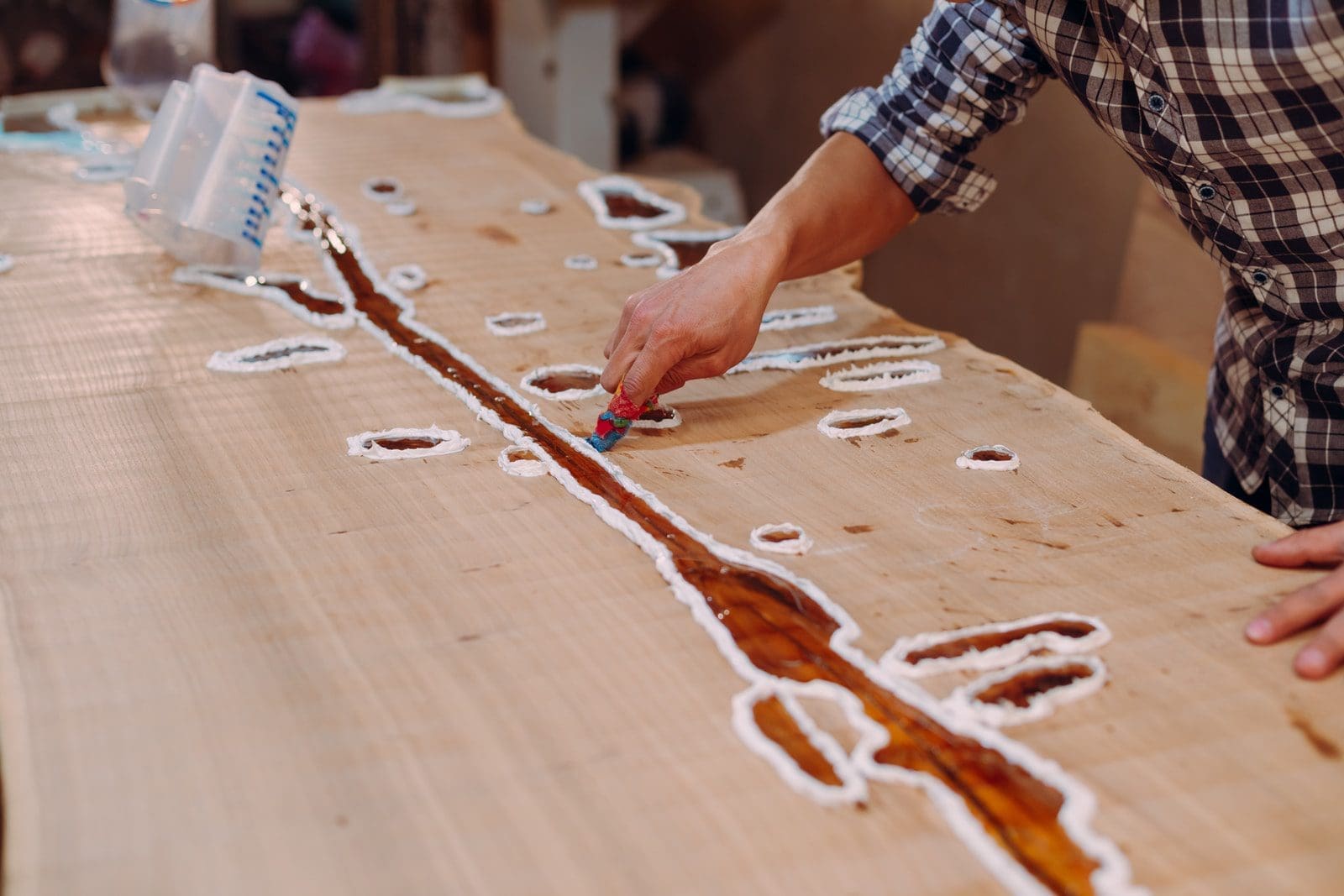
Are you familiar with the detrimental effects of corrosion? This process costs worldwide economies a great deal of money on an annual basis, forcing industries like pharmaceuticals and petrochemicals to lose millions.
Exposure of metals to environmental elements, like water and air, triggers corrosion. Therefore, corrosion-proof coatings have to be used to prevent their negative effects. There are inhibitive, slurry, diffusion, thermal spray coatings, and fluoropolymers.
Here is everything you need to know about corroding and corrosion-proof coatings.
What is corrosion?
This natural process occurs when a refined metal is converted into a metallic compound, such as an oxide, carbonate, sulfide, or hydroxide. In layman’s terms, it refers to the process of metal deterioration caused by its contact with the environment. For instance, metals corrode when coming in contact with oxygen, Sulphur, or chlorine. Click here to get familiar with the uses and some facts related to Sulphur. The intensity of corrosion has a tendency to increase dramatically when an electrical current, heat, or mechanical stress is present.
There is a myriad of corrosion types, specific in their own way, such as uniform (general attack), pitting, crevice, intergranular, stress, galvanic, high-temperature, and hot corrosion. General attack corroding happens evenly over the entire material surface. This isn’t the case with the pitting variant, which occurs locally at some points. In contrast, the intergranular variant occurs at the grain boundaries of metal alloys, which differ in chemistry compared to the bulk of the alloy, contributing to its proneness to corrode.
Stress corrosion refers to the growth of cracks on certain alloys in corrosive environments when exposed to mechanical stress. In the absence of mechanical stress, the base material is susceptible to little corroding instead of catastrophic deterioration. Galvanic erosion takes place when two metals come in contact with each other in a corrosive environment. The metal that’s less noble is bound to sustain rapid corroding, while the nobler metal corrodes more slowly.
High-temperature corrosion occurs at very high temperatures, higher than 750˚F (400˚C). Conversely, the hot variant happens at even higher temperatures, between 1200 and 1700˚F.
The effects of rust
When oxygen comes in contact with iron, it results in oxidation, producing iron oxide. This metal oxide takes the form of powder with an orange color, known as rust. Iron and steel are covered in rust after being subjected to air and water, thus requiring a protective coating. Visit this website, https://www.familyhandyman.com/project/how-to-remove-rust/, to learn how to remove rust from metal.
In addition, rust has the power to compromise the strength of structural elements made of iron or steel. It minimizes the thickness of these elements by eating the material away. Also, magnetic and electronic parts suffer from compromised performance due to rust. In the case of electronics, rust affects the ability of iron and iron alloys to conduct electricity.
Anti-corrosion coating types
The best solution for preventing the damaging effect of corrosion is the use of corrosion-proof coatings, available in different categories. For instance, barriers are protective and impenetrable, applied directly on the metal so as to protect it from the effects of corrosive environments. Barriers come in different forms, depending on the metal type and damage you intend to prevent.
In contrast, inhibitive coatings form a passive covering, but the offered protection fades over time. Conversely, sacrificial coatings, as the name explains, corrode instead of the material beneath them. This action matches the galvanic corrosion description, explaining how the less noble material corrodes, not the one of the higher nobility.
There are multiple corrosion-proof coating solutions, which provide resistance to corrosion, including fluoropolymers, slurry, diffusion, and thermal spray layers. There are companies offering various corrosion-proof coating solutions and treatments designed to provide protection of parts. Fluoropolymers are organic materials having unique properties, like remarkable chemical inertness, resistance to high temperatures to a maximum of 500˚F, resistance to extreme weather conditions, etc. These properties enable them to be used in the energy, pharmaceutical, and chemical industries.
High Velocity Oxygen Fuel (HVOF) coating is a thermal spray coating process, which is used to improve or restore a component’s surface (properties or geometry). This surface engineering technique better enables life extension of equipment by increasing erosion and wear resistance, and corrosion protection.
Slurry coatings are sprayed onto the surface of substrate materials, after which drying and burnishing take place to create a protective layer. Sealing is often used as a solution for creating an additional barrier, protecting the basecoat from corroding substances.
Furthermore, diffusion coatings are composed of a substrate surface and elements like aluminum, chromium, and silicon, whose depth ranges between 15 and 100 µm. Different diffusion coverings are used for different forms of protection. For instance, aluminides are the right solution in the protection from high-temperature oxidation. Conversely, chromizing coatings are more effective for preventing hot corrosion. Ultimately, thermal spray coatings include carbides, metallics, and ceramics.
To sum up
The final choice of anti-corrosion coatings depends on the type of material one plans to protect. Make sure it provides long-term protection of parts and doesn’t compromise their performance!


Be the first to comment